2022 has been a year of both formidable global health challenges and exciting innovations in research and development (R&D). In addition to the ongoing COVID-19 pandemic, the year saw alarming outbreaks of mpox (monkeypox) and Ebola. These crises further highlight the importance of building adequate capacity to prevent and respond to outbreaks and pandemics. Greater investment is urgently needed to ensure we have the global health technologies and R&D capacity to develop lifesaving, transformative innovations like the COVID-19 vaccines, and to address the resource and access gaps that exacerbate the worst effects of these outbreaks and diseases. With adequate investment and political will, breakthroughs are possible—and we have seen several this year.
As the year comes to an end, GHTC reflects on a few of the global health innovation stories that shaped 2022.
1. mRNA vaccine technology is being applied to existing and future pandemics
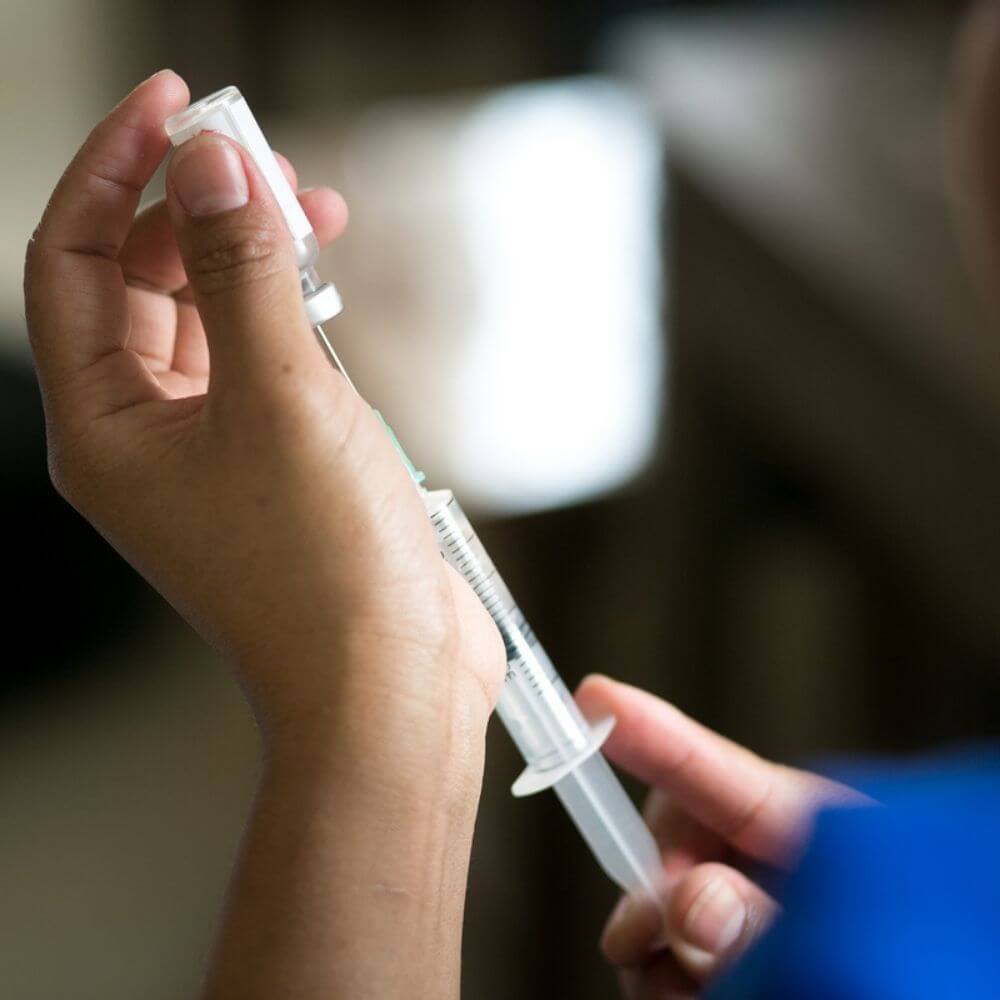 The rapid development and dissemination of messenger RNA (mRNA) vaccines for COVID-19 has generated a wealth of data about the safety and efficacy of mRNA vaccine technology. The Moderna and Pfizer/BioNTech mRNA COVID-19 vaccines have already saved millions of lives as new formulations continue to gain approval. Their success has also helped advance the clinical development of vaccines for other respiratory diseases including influenza and respiratory syncytial virus (RSV).
The rapid development and dissemination of messenger RNA (mRNA) vaccines for COVID-19 has generated a wealth of data about the safety and efficacy of mRNA vaccine technology. The Moderna and Pfizer/BioNTech mRNA COVID-19 vaccines have already saved millions of lives as new formulations continue to gain approval. Their success has also helped advance the clinical development of vaccines for other respiratory diseases including influenza and respiratory syncytial virus (RSV).
Renewed interest and tremendous progress in the development of a universal flu vaccine can be connected to the rapid development of mRNA COVID-19 vaccines and an increased focus on pandemic preparedness. Recent results from an exciting trial investigating a universal mRNA vaccine for influenza showed that the vaccine reduced flu symptoms and deaths, although further testing in humans is needed to confirm its safety and efficacy.
This year, we have seen exciting new uses of mRNA technology for a variety of infectious diseases—including those yet to surface. There has been either interest in or initiated clinical trials evaluating vaccines using mRNA technology for HIV, tuberculosis (TB), Nipah virus, malaria, and Ebola. Additionally, we have seen pandemic preparedness efforts harnessing mRNA technology take shape. This past year, Moderna announced an initiative to develop mRNA vaccines for emerging pathogens and the Coalition for Epidemic Preparedness Innovations announced an effort to build a mRNA vaccine library against Disease X (the next pathogen with epidemic or pandemic potential that has been yet to be identified).
2. Africa continues to strengthen R&D capacities
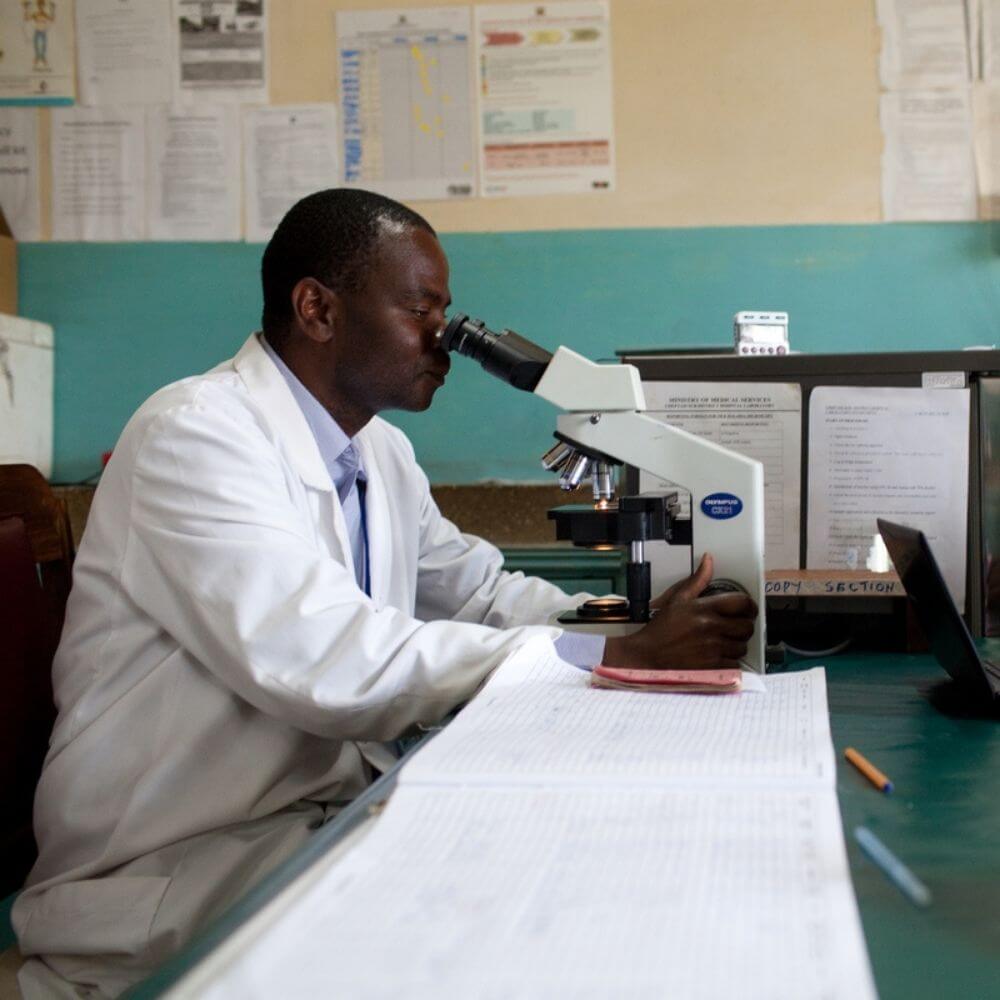 This year has seen a series of accomplishments indicating the flourishing role of Africa in global health R&D efforts, particularly around pandemic preparedness. 2022 saw the decision to make the Africa Centres for Disease Control and Prevention a fully autonomous agency, giving it more authority to assess and respond to disease outbreaks on the continent.
This year has seen a series of accomplishments indicating the flourishing role of Africa in global health R&D efforts, particularly around pandemic preparedness. 2022 saw the decision to make the Africa Centres for Disease Control and Prevention a fully autonomous agency, giving it more authority to assess and respond to disease outbreaks on the continent.
Additionally, in 2022, the South African Health Products Regulatory Authority was classified by the World Health Organization (WHO) as maturity level three (on the four-level scale), a step that recognizes the stability and reliability of the agency in ensuring the safety, quality, and effectiveness of vaccines. The South Africa mRNA hub, which was launched by WHO in 2021, despite challenges, has begun development of an mRNA vaccine for TB and is working on developing a local mRNA vaccine candidate for COVID-19.
Universal Corporation Ltd, supported by Medicines for Malaria Venture and Unitaid, this year became the first African manufacturer to gain WHO prequalification of sulfadoxine-pyrimethamine, marketed as Wiwal, a malaria drug aimed at preventing malaria in pregnant individuals and infants.
3. Urgency and awareness of antimicrobial resistance is on the rise
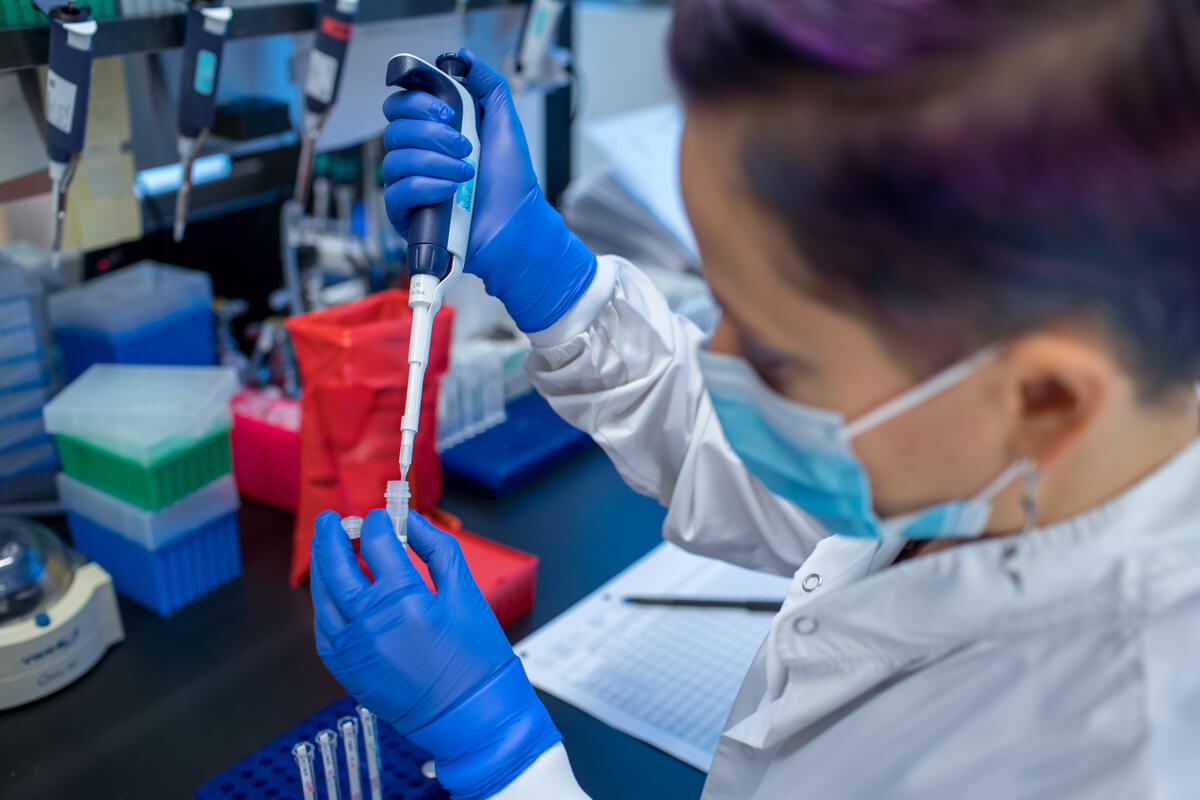 Antimicrobial resistance (AMR) continues to grow as a global health security threat, and many new reports and studies this year have documented the alarming trend. A 2022 report from Global Research on Antimicrobial Resistance found that AMR has become a leading cause of death globally, with the most deaths directly linked to AMR in sub-Saharan Africa and South Asia. Another recent report from WHO echoed the severity and growing threat of AMR around the world.
Antimicrobial resistance (AMR) continues to grow as a global health security threat, and many new reports and studies this year have documented the alarming trend. A 2022 report from Global Research on Antimicrobial Resistance found that AMR has become a leading cause of death globally, with the most deaths directly linked to AMR in sub-Saharan Africa and South Asia. Another recent report from WHO echoed the severity and growing threat of AMR around the world.
Two 2022 WHO reports aim to contribute to overall understanding of AMR and the need for investment in R&D of new tools to strengthen the global response to it. The first identifies, in the context of AMR, 61 bacterial vaccines in clinical development and 94 candidates in preclinical development, and the second, more recent report identifies priority fungal pathogens including critical pathogens like Cryptococcus neoformans, Candida auris, Aspergillus fumigatus and Candida albicans. Hopefully, the focus on and investment in new tools to address AMR continue into the next year.
4. Beating back malaria with the rollout of RTS,S vaccine and additional malaria technologies
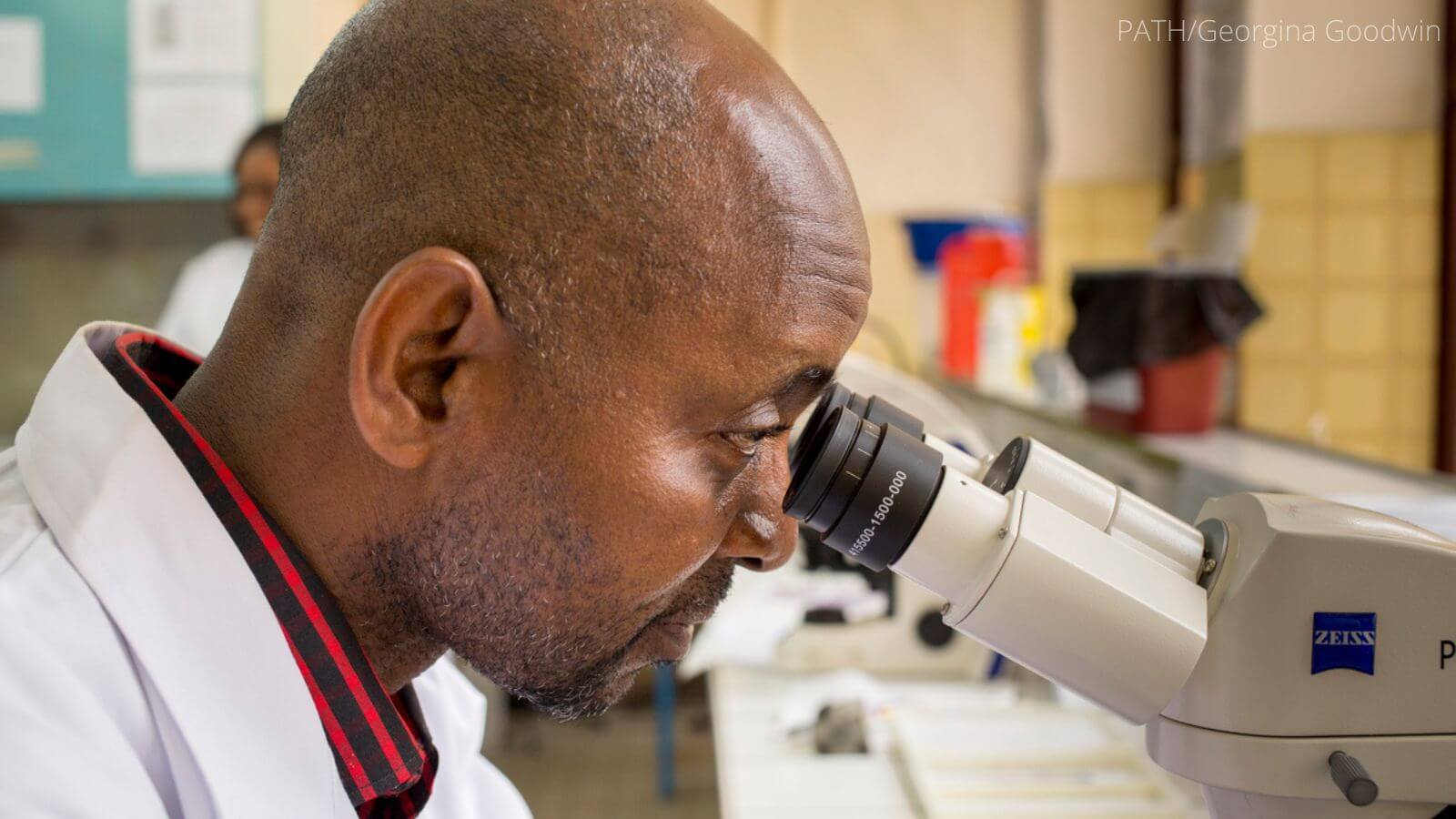 After last year’s approval of the RTS,S malaria vaccine, 2022 saw the beginning of the rollout of this groundbreaking technology. Malawi, Ghana, and Kenya initiated routine immunization programs that will hopefully play an important role in the global effort to eliminate malaria.
After last year’s approval of the RTS,S malaria vaccine, 2022 saw the beginning of the rollout of this groundbreaking technology. Malawi, Ghana, and Kenya initiated routine immunization programs that will hopefully play an important role in the global effort to eliminate malaria.
This year, a University of Oxford research team also published promising results for a new malaria vaccine, R21. The developers say the vaccine can be produced for just a few dollars and that they expect it to be rolled out next year through a manufacturing deal for more than 100 million doses a year, in partnership with the Serum Institute of India.
A new “mosquito-grounding” insecticide, Chlorfenapyr, that causes mosquitos’ wings to spasm and wither could also bolster the fight against malaria, according to trial results published earlier this year. Insecticide-treated bednets have been central in efforts to reduce the spread of malaria, but rising insecticide resistance among mosquitos has hampered progress, and Chlorfenapyr is the first new insecticide to be deemed safe and effective in about 40 years.
Finally, this year, Australian regulators approved a simple drug combination as an effective cure for children ages 2 to 16 with Plasmodium vivax malaria, adding a new tool in the battle against the disease and opening the door to approval in other countries. The drug—tafenoquine, developed by GlaxoSmithKline and the Medicines for Malaria Venture—is a single-dose treatment administered alongside traditional chloroquine treatment.
Due in part to previous innovations in antimalaria tools, progress against malaria has largely held in recent years, despite disruption from the COVID-19 pandemic. These next generation tools will be key to accelerating progress over the coming years.
5. Outbreaks of mpox trigger innovation in developing treatments and vaccines
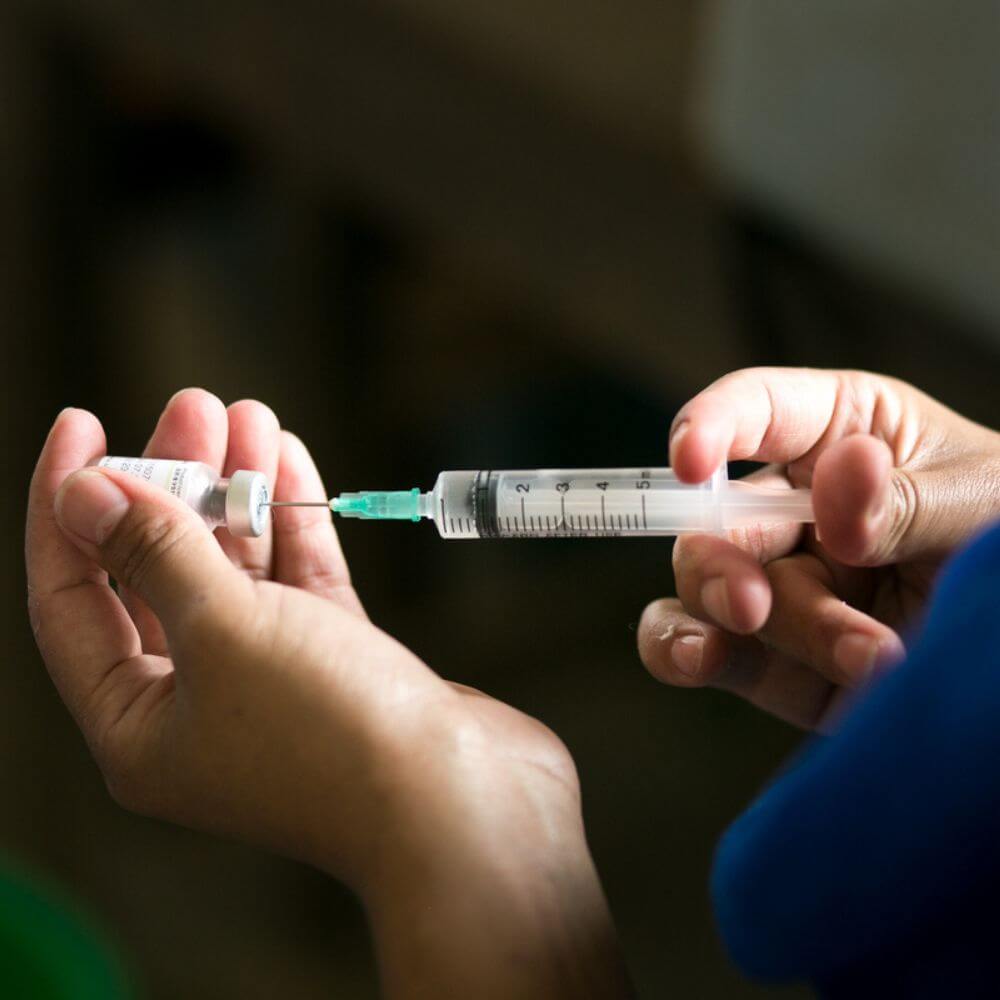 Rising cases of mpox in the first half of 2022 drove interest in an existing range of vaccines and treatments with the potential to offer protection against the outbreak. The mpox virus, which causes a usually mild infection, is closely related to the smallpox virus—and smallpox vaccines appear up to 85 percent effective in preventing mpox, according to WHO. The National Institute of Allergy and Infectious Diseases and the Democratic Republic of the Congo’s National Institute for Biomedical Research are co-leading a clinical trial evaluating the safety and efficacy of the antiviral drug, tecovirimat (TPOXX) in adults with monkeypox. SIGA Technologies, Inc.’s TPOXX is approved for the treatment of smallpox in the United States.
Rising cases of mpox in the first half of 2022 drove interest in an existing range of vaccines and treatments with the potential to offer protection against the outbreak. The mpox virus, which causes a usually mild infection, is closely related to the smallpox virus—and smallpox vaccines appear up to 85 percent effective in preventing mpox, according to WHO. The National Institute of Allergy and Infectious Diseases and the Democratic Republic of the Congo’s National Institute for Biomedical Research are co-leading a clinical trial evaluating the safety and efficacy of the antiviral drug, tecovirimat (TPOXX) in adults with monkeypox. SIGA Technologies, Inc.’s TPOXX is approved for the treatment of smallpox in the United States.
Facing low supply of Jynneos, the only vaccine approved for use against monkeypox in the United States, the US National Institutes of Health launched a clinical trial to test an alternative vaccine administration method to stretch the limited supply. The dose-sparing method involves giving two doses, each one-fifth of a full dose and administered intradermally.
While monkeypox cases have diminished, these trials will provide essential data about the safety and efficacy of tools to address the disease that has long been neglected before this year’s outbreaks in high-income countries like the United States and the United Kingdom.
6. Sudan Ebola outbreak prompts clinical trial and calls attention to gaps in outbreak preparedness
 One of the most distressing developments of 2022 was the outbreak of the rare Sudan strain of the ebolavirus in Uganda. The response, however, advanced innovative approaches and highlighted the need for increased preparedness in the future.
One of the most distressing developments of 2022 was the outbreak of the rare Sudan strain of the ebolavirus in Uganda. The response, however, advanced innovative approaches and highlighted the need for increased preparedness in the future.
Following the identification of the outbreak, WHO announced a clinical trial of three experimental vaccine candidates to address the outbreak. The vaccines tested in the trial include one produced by IAVI, one developed by the Sabin Vaccine Institute, and a third developed by the Jenner institute at the University of Oxford. While the trial is expected to begin shortly, the spread of the Sudan ebolavirus in Uganda has slowed dramatically, raising questions whether the trial could continue. It is clear that despite the incredible amount of effort from various cross-sector global partners to secure the vaccines, permissions, and funding for the trial, responses to such outbreaks need to occur even quicker, which can be accomplished by developing stockpiles of experimental vaccines and pre-agreed trial protocols.
7. Pretomanid and the BPaL regimen honored at GHTC’s annual awards
.jpg) GHTC presented the 2022 Innovating for Impact Partnership Award to TB Alliance for the development of pretomanid and the BPaL regimen—an innovative treatment for drug-resistant DR-TB. Pretomanid, the first TB drug developed by a nonprofit organization, is part of the three-drug “BPaL” regimen. This innovative new therapy reduces the time needed to treat DR-TB from as long as 18 months or longer to 6 months and the number of pills comprising treatment by nearly 95 percent, all while significantly improving cure rates and toxicity profiles compared to the previous standards of care.
GHTC presented the 2022 Innovating for Impact Partnership Award to TB Alliance for the development of pretomanid and the BPaL regimen—an innovative treatment for drug-resistant DR-TB. Pretomanid, the first TB drug developed by a nonprofit organization, is part of the three-drug “BPaL” regimen. This innovative new therapy reduces the time needed to treat DR-TB from as long as 18 months or longer to 6 months and the number of pills comprising treatment by nearly 95 percent, all while significantly improving cure rates and toxicity profiles compared to the previous standards of care.
This year, WHO updated guidelines for the treatment of drug-resistant TB to include pretomanid-containing regimens. Additionally, a study published in the New England Journal of Medicine showed that BPaL maintained efficacy with reduced dosage of linezolid, one of the drugs in the regimen. This is just one of the key tools that are essential to strengthen efforts against TB, especially as the recent 2022 Global TB Report reported that the number of TB and drug-resistant TB cases have risen for the first time in many years.
For other fascinating global health news delivered to your inbox weekly and to stay abreast of developments in 2023 and beyond, sign-up now to receive GHTC’s R&D News Roundup newsletter.
Image credits: PATH/Rocky Prajapati, PATH/Eric Becker, PATH/Christopher Nelson, PATH/Georgina Goodwin, PATH/Rocky Prajapati, PATH/Matthew Dakin

 The rapid development and dissemination of messenger RNA (mRNA) vaccines for COVID-19 has generated a wealth of data about the safety and efficacy of mRNA vaccine technology. The Moderna and Pfizer/BioNTech mRNA COVID-19 vaccines have already
The rapid development and dissemination of messenger RNA (mRNA) vaccines for COVID-19 has generated a wealth of data about the safety and efficacy of mRNA vaccine technology. The Moderna and Pfizer/BioNTech mRNA COVID-19 vaccines have already  This year has seen a series of accomplishments indicating the flourishing role of Africa in global health R&D efforts, particularly around pandemic preparedness. 2022 saw the decision to make the Africa Centres for Disease Control and Prevention
This year has seen a series of accomplishments indicating the flourishing role of Africa in global health R&D efforts, particularly around pandemic preparedness. 2022 saw the decision to make the Africa Centres for Disease Control and Prevention  Antimicrobial resistance (AMR) continues to grow as a global health security threat, and many new reports and studies this year have documented the alarming trend. A 2022 report from Global Research on Antimicrobial Resistance
Antimicrobial resistance (AMR) continues to grow as a global health security threat, and many new reports and studies this year have documented the alarming trend. A 2022 report from Global Research on Antimicrobial Resistance  After
After  Rising cases of mpox in the first half of 2022 drove interest in an existing range of vaccines and treatments with the potential to offer protection against the outbreak. The mpox virus, which causes a usually mild infection, is closely related to the smallpox virus—and smallpox vaccines appear up to 85 percent effective in preventing mpox,
Rising cases of mpox in the first half of 2022 drove interest in an existing range of vaccines and treatments with the potential to offer protection against the outbreak. The mpox virus, which causes a usually mild infection, is closely related to the smallpox virus—and smallpox vaccines appear up to 85 percent effective in preventing mpox,  One of the most distressing developments of 2022 was the outbreak of the rare Sudan strain of the ebolavirus in Uganda. The response, however, advanced innovative approaches and highlighted the need for increased preparedness in the future.
One of the most distressing developments of 2022 was the outbreak of the rare Sudan strain of the ebolavirus in Uganda. The response, however, advanced innovative approaches and highlighted the need for increased preparedness in the future..jpg) GHTC presented the 2022 Innovating for Impact Partnership Award to TB Alliance for the development of pretomanid and the BPaL regimen—an innovative treatment for drug-resistant DR-TB. Pretomanid, the first TB drug developed by a nonprofit organization, is part of the three-drug “BPaL” regimen. This innovative new therapy reduces the time needed to treat DR-TB from as long as 18 months or longer to 6 months and the number of pills comprising treatment by nearly 95 percent, all while significantly improving cure rates and toxicity profiles compared to the previous standards of care.
GHTC presented the 2022 Innovating for Impact Partnership Award to TB Alliance for the development of pretomanid and the BPaL regimen—an innovative treatment for drug-resistant DR-TB. Pretomanid, the first TB drug developed by a nonprofit organization, is part of the three-drug “BPaL” regimen. This innovative new therapy reduces the time needed to treat DR-TB from as long as 18 months or longer to 6 months and the number of pills comprising treatment by nearly 95 percent, all while significantly improving cure rates and toxicity profiles compared to the previous standards of care.